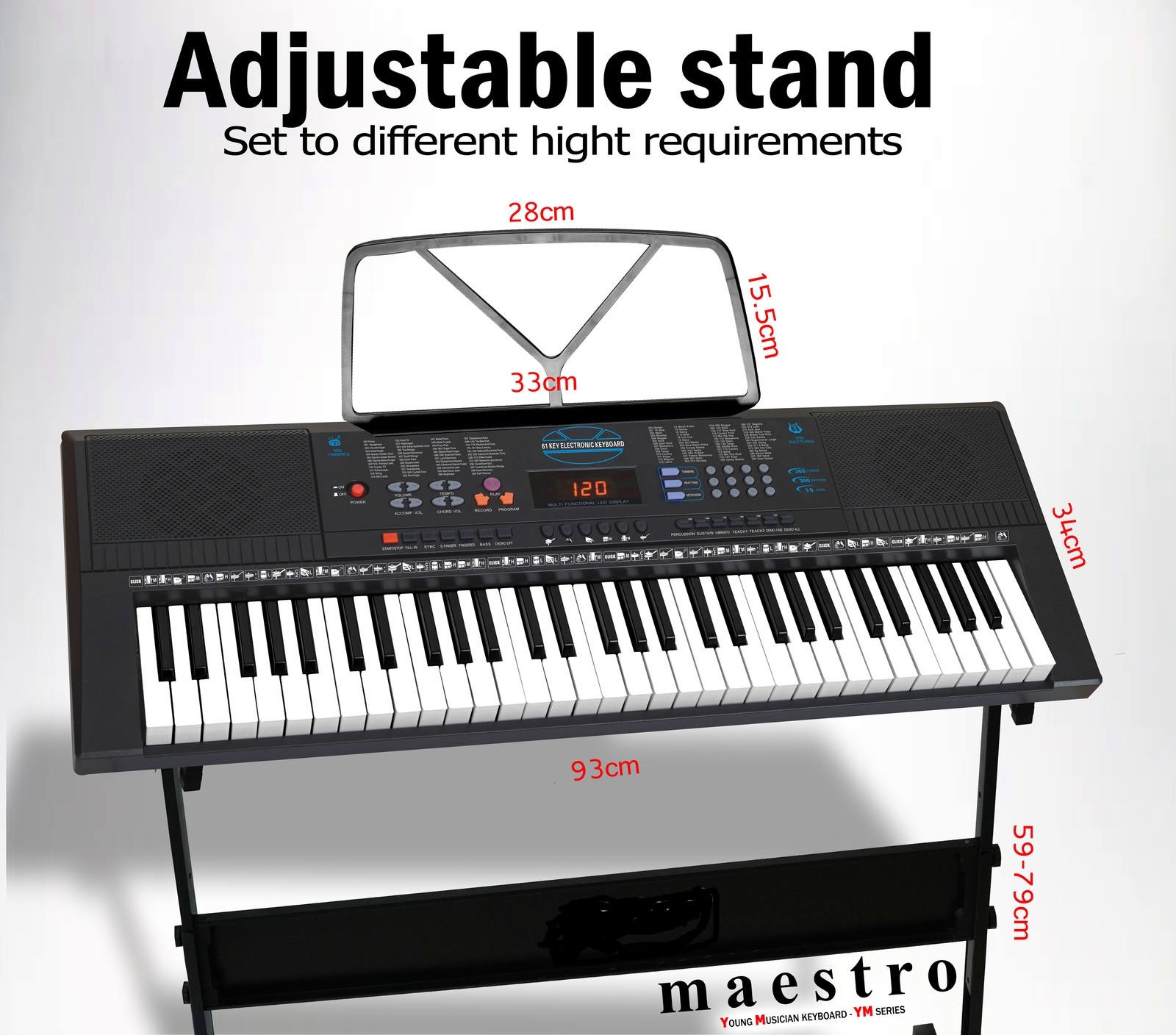
#KEYBOARD MAESTRO DISCOUNT MAC#
The length of the Pause will depend on the target application and the speed of your Mac at that moment, and you will have to be aware that there is a period of time where you should not copy something. After your clipboard mangling action, add an appropriately long Pause followed by a Delete Current Clipboard action. But if a macro is used where you frequently are finding that you need the system clipboard preserved, then Keyboard Maestro provides the tools for this. Most of the time, you wont be using the clipboard and wont notice that it has been replaced, and if you do need it, you can get the old value back from the clipboard history.

Instead, Keyboard Maestro provides a clipboard history and gives you control.

If the system clipboard is restored too late, you may have already copied something else (manually or via another macro). If the system clipboard is restored too early, the wrong thing will be Pasted. There is no way to know for sure when the application has processed the Command-V for a Paste operation, and thus no way to know when to restore the clipboard to its original value. The reason is that while the clipboard can be read or set at any time, Copy or Paste can only be done via the Keyboard Maestro event queue (the keyword being “queue”). Keyboard Maestro does not (automatically) restore the system clipboard after any operation that uses it (Insert Text by Pasting, Copy to or Paste from Named Clipboard, etc) because it cannot be done without incurring a race condition which will sometimes give the wrong results. Why is the clipboard not restored after any clipboard action? Keyboard Maestro (v8+) includes some Touch Bar actions ( Show Palette of Macros action and Get Touch Bar Selection action) and allows you to have Conflict Palettes show up in the Touch Bar (though the limited space may make this impractical in practice).īecause of Apple's restrictions, actions showing in the Touch Bar require that the current application loses keyboard focus, which is not ideal but may not be a problem.Īsking Apple to add Third Party APIs for the “Control Strip” section of the Touch Bar would be a good idea. The Keyboard Maestro (v8+) editor supports the Touch Bar in the future for use within the editor. So Apple knows and understands the need, but have not made the facility available for Third Party macro trigger style applications. The API for the Touch Bar does not appear to allow non-front applications to affect the Touch Bar, except that Apple does this themselves in Xcode and Screen Capture and the like. Otherwise the two Macs will be considered the same Mac for several purposes which may cause problems with Remote triggers and Macro Syncing.ĭoes/will Keyboard Maestro support the Touch Bar? Also, if you use this method and continue to use both Macs, you will need to run the Terminal command:ĭefaults delete MacUUIDĭefaults delete MacRemoteUUID

#KEYBOARD MAESTRO DISCOUNT LICENSE#
If you are going to continue using both Macs (a single user license for Keyboard Maestro allows you to use it on up to five Macs), you should use Macro Syncing instead. Make very sure that the resulting files and folders on your new Mac have the correct ownership and permissions. Note that you can get to the ~/Library folder (which is hidden by default) in the Finder by holding down the Option key and selecting Go ➤ Library. Transfer the ~/Library/Application Support/Keyboard Maestro folder, and optionally the ~/Library/Preferences/com.stairways,keyboardmaestro.* files (the latter include minor settings and preferences, as well as your license details). Make sure Keyboard Maestro and Keyboard Maestro Engine are not running on either Mac.


 0 kommentar(er)
0 kommentar(er)
